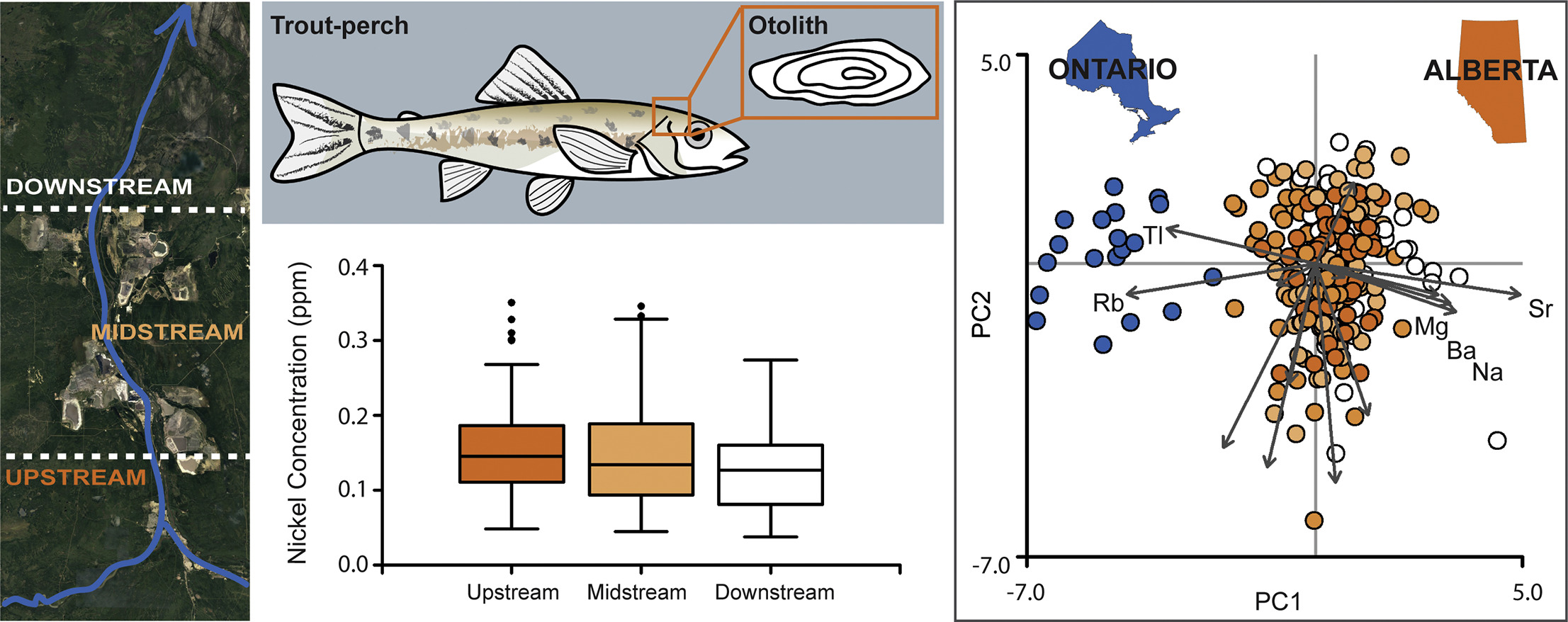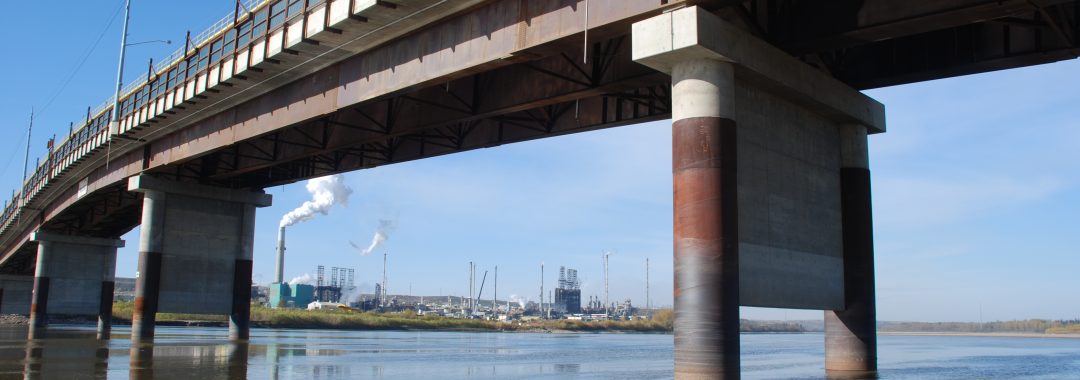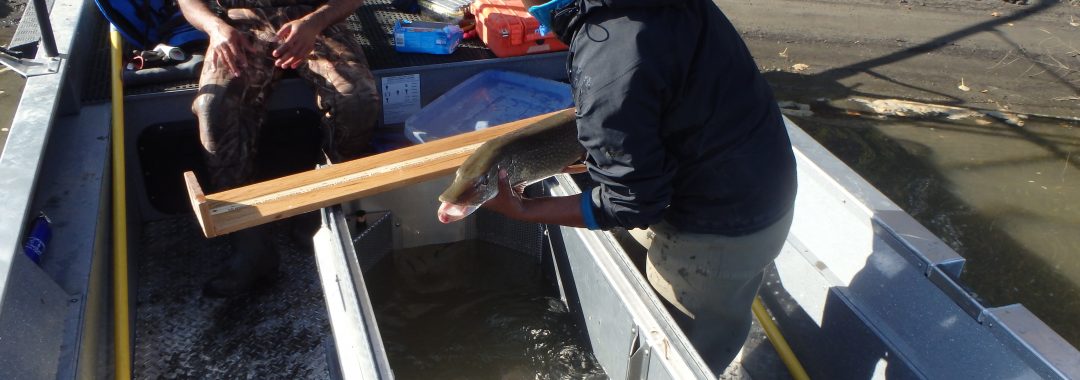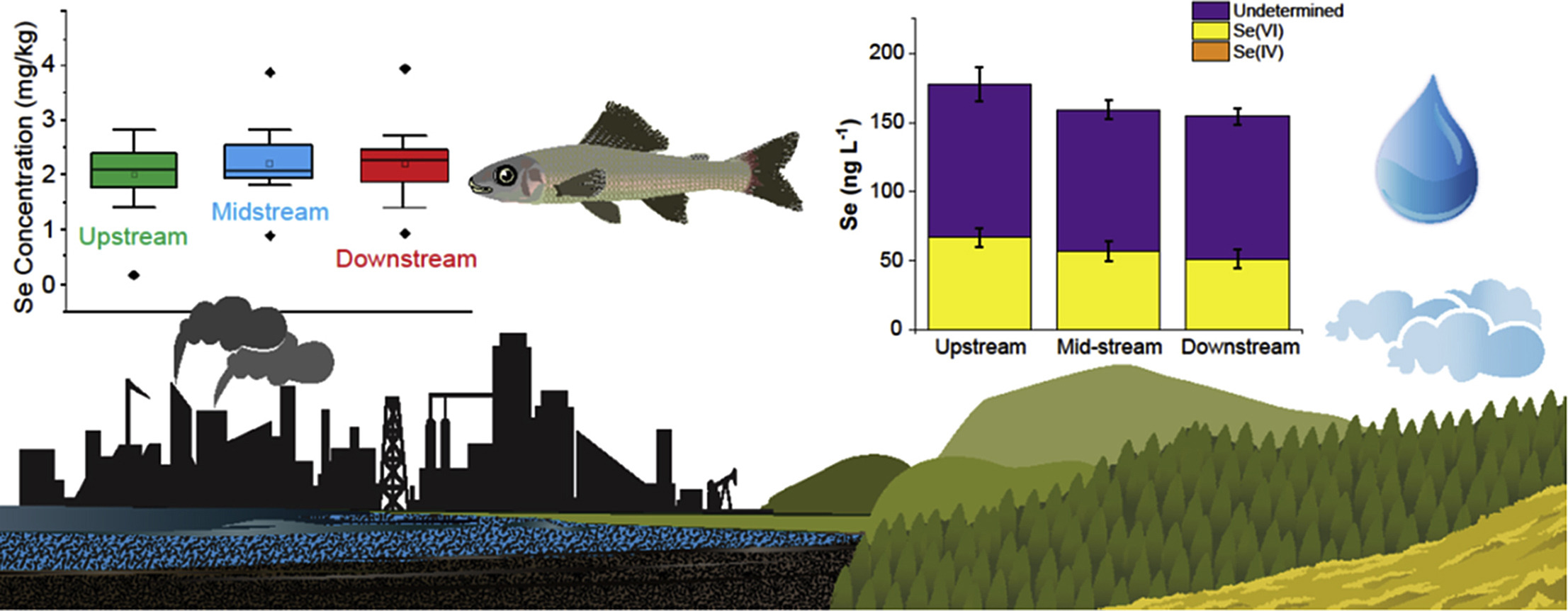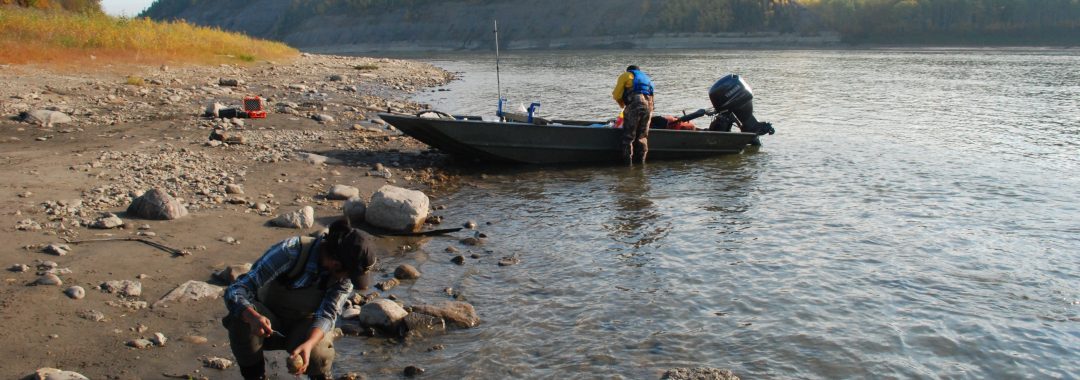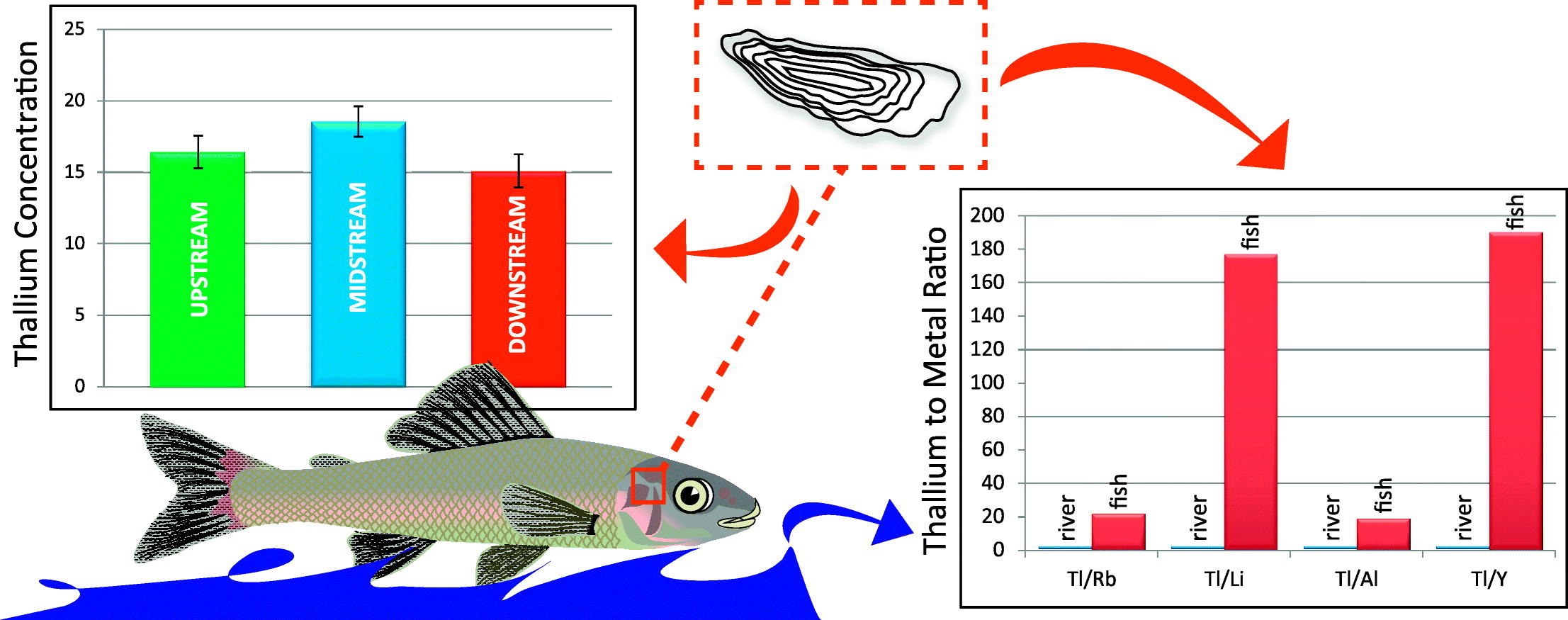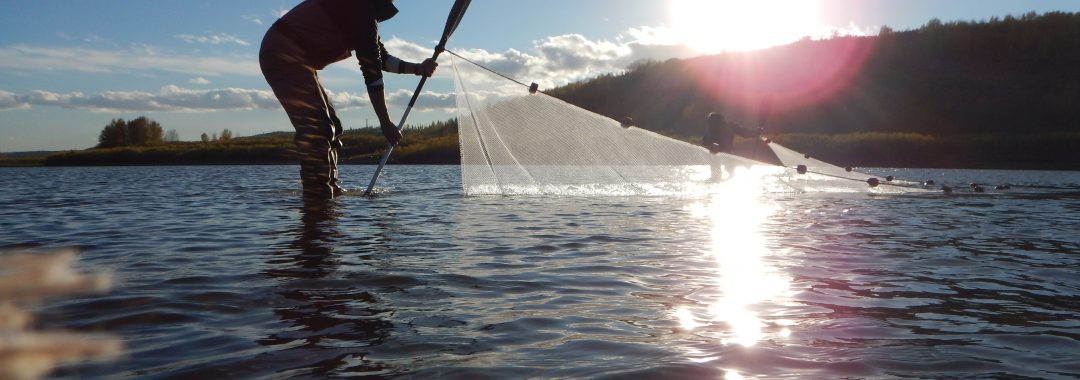Summary:
The Alberta oil sands region contains one of the world’s largest oil deposits, estimated at 1.7 trillion barrels. Development in this region can have negative effects for aquatic species, governed under Canada’s Fisheries Act. The Fisheries Act allows the possibility for offsetting losses in fisheries productivity, e.g., through the creation of compensation lakes. Offsetting strategies are becoming increasingly important for large-scale developments such as mining operations in the oil sands region; they allow for development while ensuring that the project has ‘no net loss’ in fisheries productivity. In 2012, omnibus Bill C-38 fundamentally changed large sections of the federal Fisheries Act. The focus of fisheries management was shifted from the protection of fish habitat in general to ensuring the ongoing productivity (FP) of fish important to commercial, recreational and aboriginal (CRA) fisheries. Further, the changes formalized the use of offsetting strategies to compensate for damage to fish caused by development. The changes marked the move from the fisheries habitat management program (FHMP) as implemented prior to 2012, to the fisheries protection program (FPP). The goal of the FPP is to “provide for the sustainability and ongoing productivity of commercial, recreational and Aboriginal fisheries”. Lack of standardized protocols and procedures following a shift of this magnitude could not only result in considerable additional expenses for industry, but also in less reproducible and so less reliable results. Rapid standardization of best practices and data collection methods would help ensure cost-efficient, meaningful and transferable data. Currently, these best management practices are being determined through an ongoing process involving Fisheries and Oceans Canada (DFO), industrial partners and government officials. The aim is to define a standard set of indicators for use under the FPP framework and assess which models may suitable for forming the link between data sets and long-term projections for whole-population productivity. The interpretation of the changes to the Fisheries Act has been subject to controversy, making concise and publically available information important. Numerous scientific advisory reports have been published by DFO. However, there is currently a shortage of documents that give an overview over the scientific background necessary to understand how the changes may affect management practices, taking into account knowledge gaps and limitations in terms of data collection techniques. In this report, we will review existing monitoring tools as well as how the changes in policies associated with the shift from the FHMP to the FPP may affect management protocols. Under the FHMP, the conceptual endpoint for assessing the impacts of development on fisheries was to achieve no net loss of the productive capacity of fish habitat (PC). Habitat was quantified mainly by area, and the success of an offsetting project was often determined mainly through acceptable installation. Methods in use under the FHMP provided only approximate values for PC. For a meaningful planning, measurement and monitoring protocol that can help ensure fisheries productivity under the FPP, it may be necessary to move away from the previous practice of managing fish habitat in Canada based on the use of FP as a theoretical concept only. As productivity in itself is difficult to measure directly, it is necessary to find appropriate indicators that can link changes in the components of productivity of individual fish or subsections of populations to changes in population-level fisheries productivity. We have compiled a list of indicators that may be used for estimating productivity of fisheries populations. Solid measurements of fisheries productivity require repeated monitoring protocols extended over multiple years as well as a broadening of the definition of habitat affected by development. The financially and ecologically prohibitive nature of obtaining comprehensive, long-term data sets may make models an essential tool for linking limited data on subsets of populations with whole-population productivity and long-term projections. However, the trade-off between strength of model predictions and quality and quantity of data may make it a challenge to strike the balance between data needs for accurate predictions and financial feasibility. In using knowledge-based standards for planning and executing compensation lake development, a key parameter to evaluate would be the carrying capacity of various compensation lake ecosystems. It may be a challenge to ensure an appropriate agreement between offsetting indicators and environmental assessment indicators, as established ecosystems are compared with populations in the process of establishing in a newly expanded habitat. On the other hand, lack of density dependence in the early establishment phase gives good possibilities for providing solid estimates of intrinsic growth rate of the populations within this specific habitat. Future research should be conducted for areas characterized by intensive development to create models that allow for robust estimates of productivity based on limited and specific indicators that are manageable to measure. As factors limiting fisheries productivity vary between species, habitats and regions, it is likely that this would have to occur through the development of models specific for the given habitats and geographical areas. If the drivers of the ecosystem in question are not well studied, the most cost-effective and ecologically sound way of implementing the FPP may be to adopt the management practices of the FHMP largely unaltered, but with the interpretive end goal shifted to FP. This would only require a mandatory inclusion of population level data in the monitoring protocols, and an extended monitoring period of several years. All of this constitutes protocols already in use under the FHMP. Though much work has been done on measuring and modelling the productivity of fish populations, it has proven difficult or impossible to find simple, reproducible techniques that can be applied across habitat types and ecosystems. In our opinion, the best predictors for fisheries productivity remain the quantity and quality of available fish habitat combined with abundance, size structure data and species composition within the given habitats.
Citation: Christensen-Dalsgaard, K., Sinnatamby, R.N., and M.S. Poesch. (2014) Metrics for assessing fisheries productivity of oil sands compensation lakes under Canada’s new Fisheries Act. Oil Sands Research and Information Network, University of Alberta, School of Energy and the Environment, Edmonton, Alberta. OSRIN Report No. TR-X. 52 pp.
Also Read:
Theis, S.* and M. S. Poesch. (In Press). Mitigation bank applications for freshwater systems: Control mechanisms, project complexity, and caveats. PLOS One.
*Lab members: Nilo Sinnatamby, Mark Poesch. Check out opportunities in the lab!
